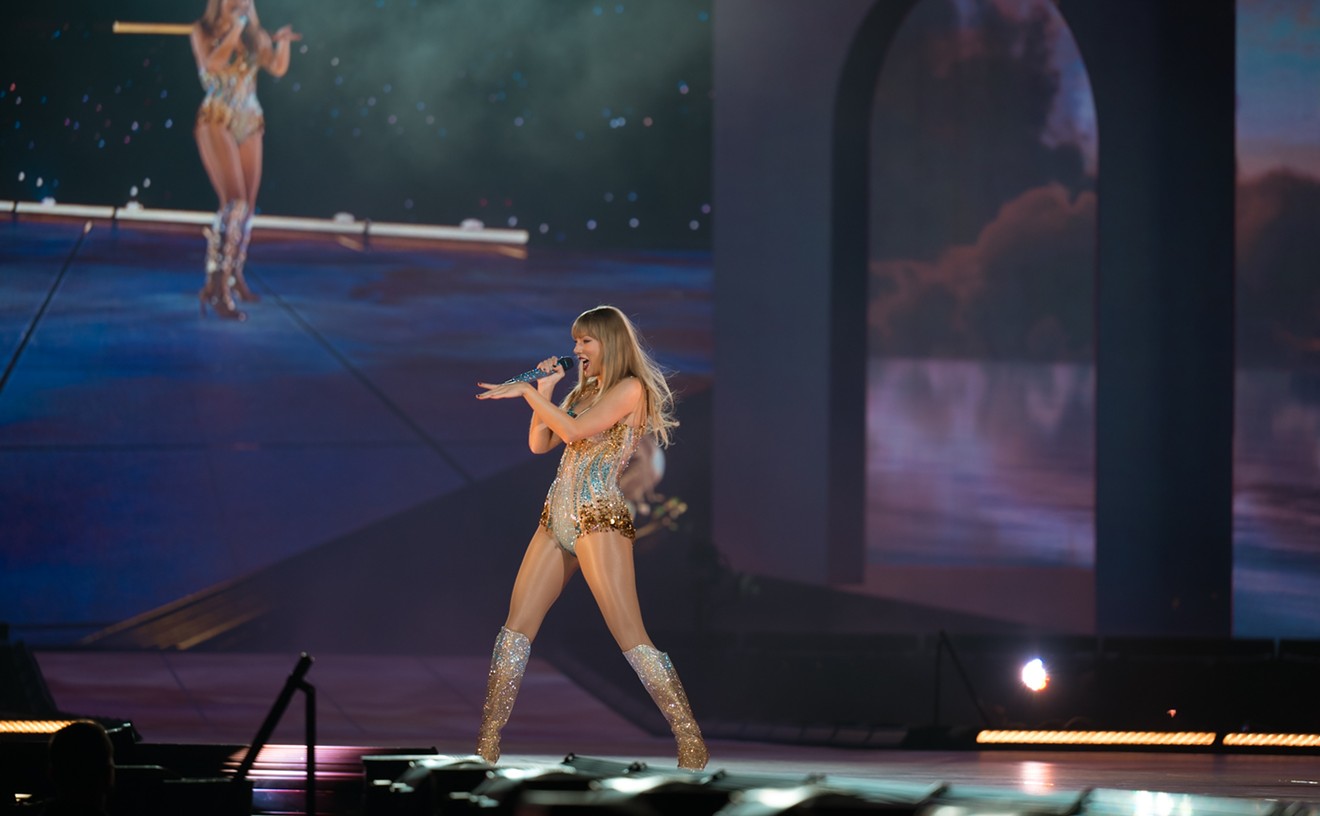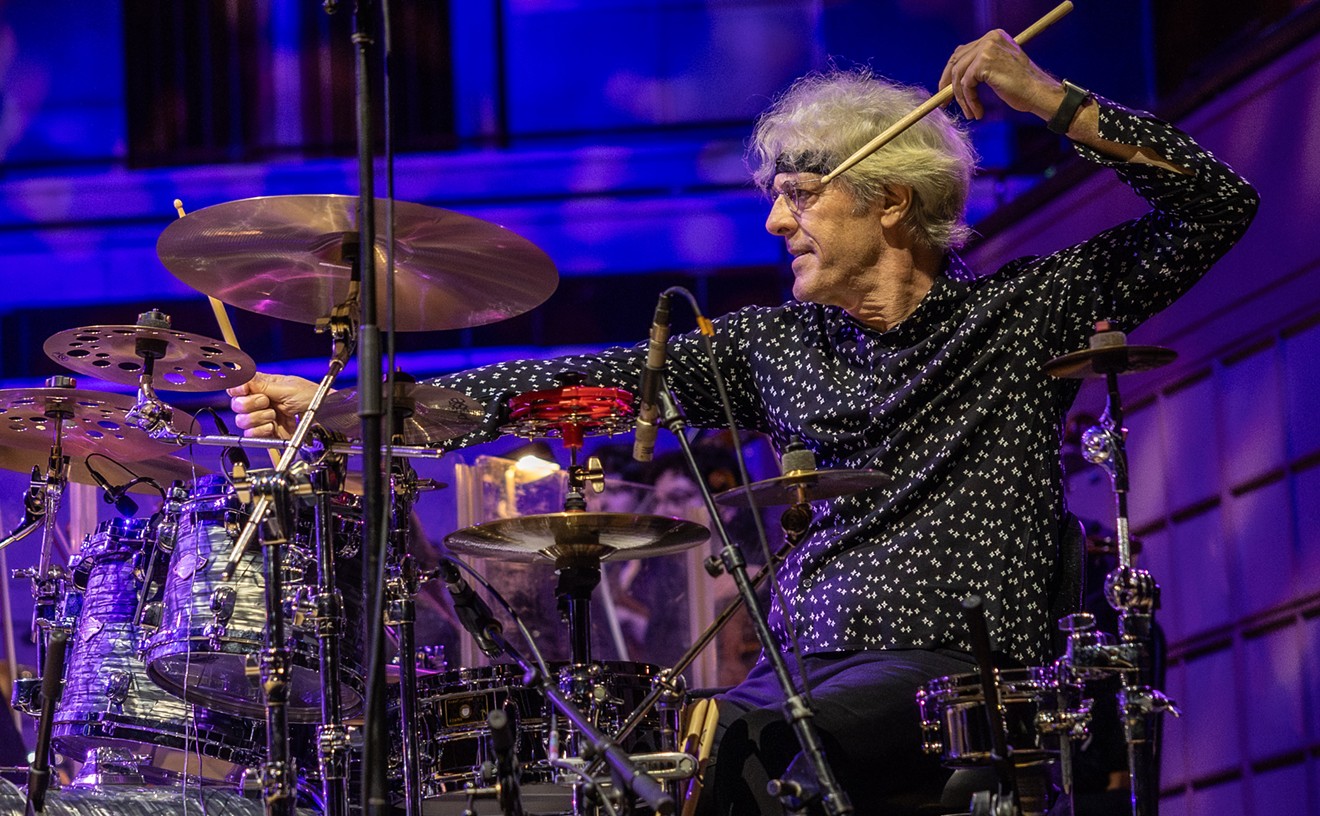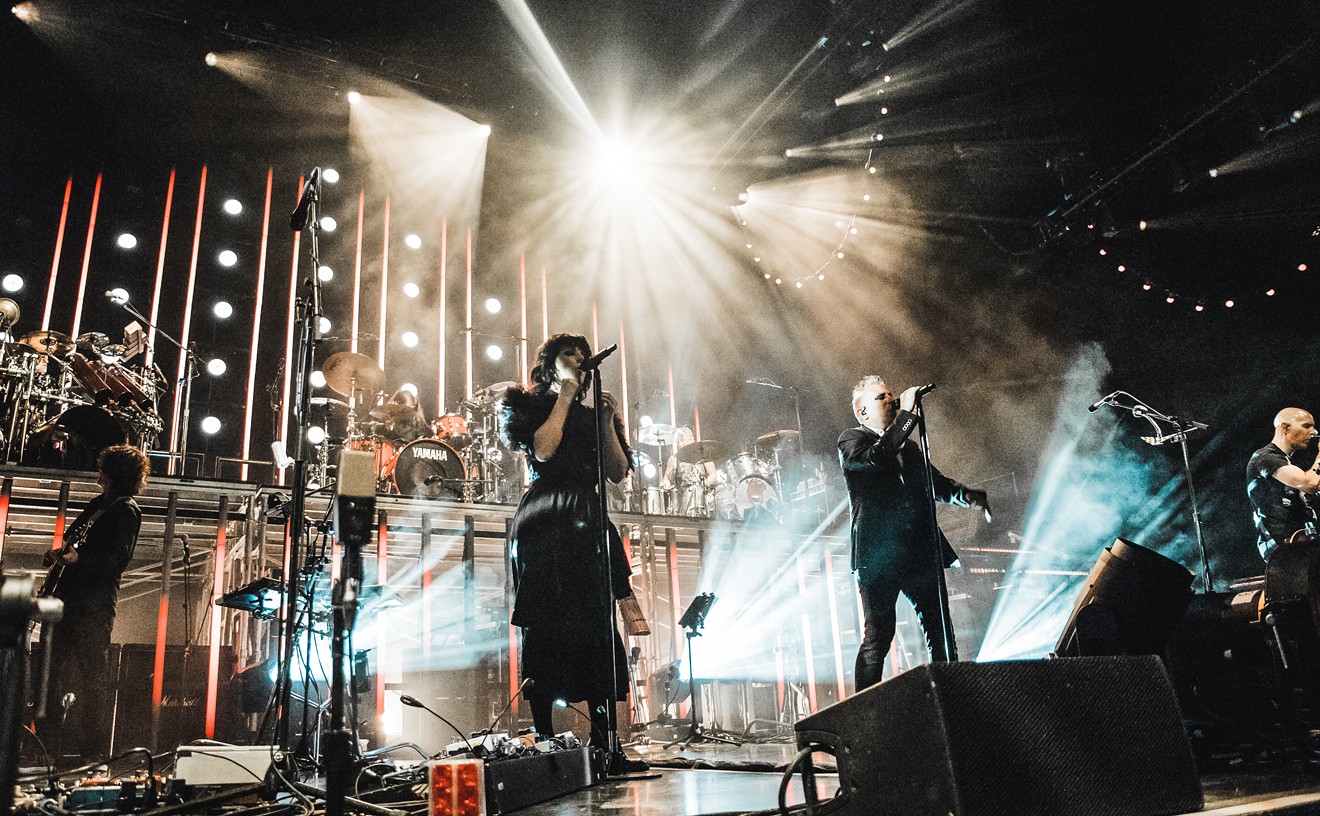When guitarist Ana da Silva met bassist Gina Birch in art school and started going to gigs in London in the late '70s, their fate was already sealed. The Raincoats' 1979 self-titled debut and 1981's Odyshape, both on Rough Trade, were products of that creatively and politically off-center time, and their unique punk sound, which incorporated violin and harmonium, remains unrivaled.
In 2010, they played the MOMA's Pictures by Women: A History of Modern Photography exhibit and drew out fans like Kathleen Hanna, speaking to their enduring legacy in the underground. I spoke with da Silva about their reappearance. Catch the Raincoats at 5 p.m. Sunday, March 11, on Main Stage 2, as part of 35 Denton.
What was the feel in London in the late '70s? It was a very creative atmosphere. Everyone dressed differently, everyone was doing a fanzine, people looked so great. It was a tribe in a way. Well, I felt I belonged to it. Before, coming from an island in Portugal, music was so separate to me. This fit with my personality.
You liked being on the fringe? Not necessarily fringe, but just being more spontaneous and open. And as a woman, I felt there was a place for me. It wasn't necessarily a feminist environment, but it was all quite new to me, and it opened up how [The Raincoats] did things as well.
Did that environment pave the way for Odyshape? We were interested in opening up instrumentation, but I think what informed that album was that we didn't have a drummer. So we invited different drummers [Robert Wyatt, This Heat's Charles Hayward] for different songs, and so it was less even, but more interesting, I think. We bought some instruments from an Indian music shop in New York and used those, so it had this other feel with these delicate instruments.
Did the desire to do things your way lead you to start your own label [We ThRee] as well? We wanted to re-release the albums again. It was a bit on a budget [when DGC released them in 1993], so now we did them ourselves, did the cover work, didn't use a jewel case, remastered them. It all just looks much nicer. So far it's just been the first album and Odyshape. It's sort of like when you clean your windows and you can see much better.










